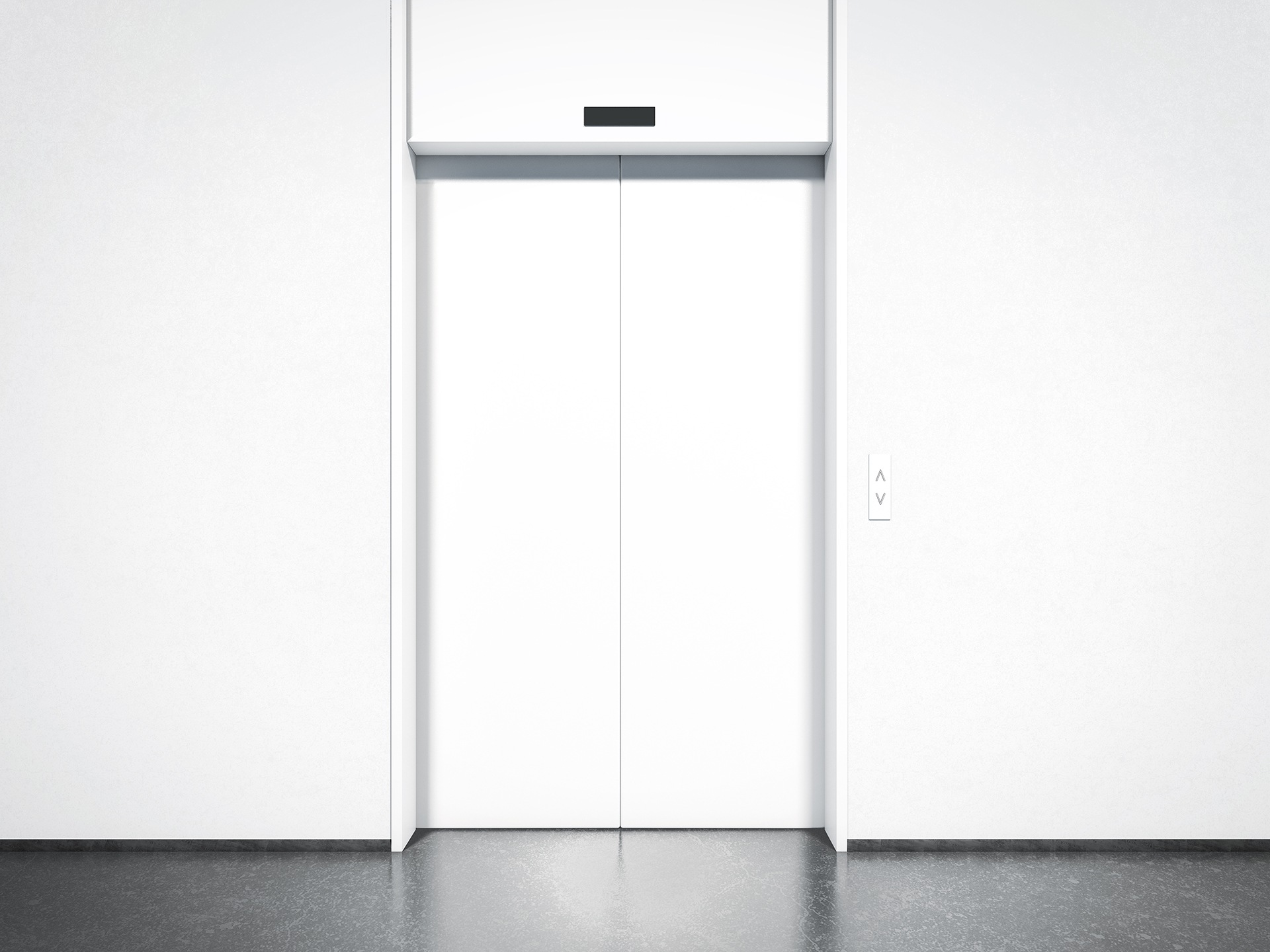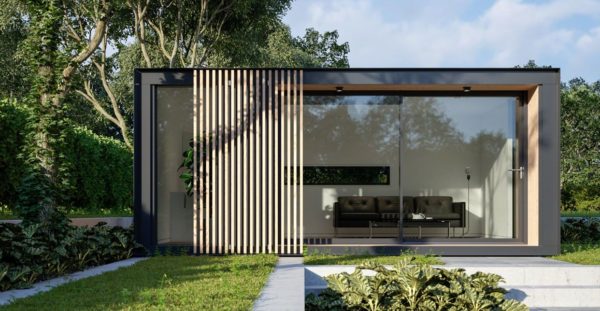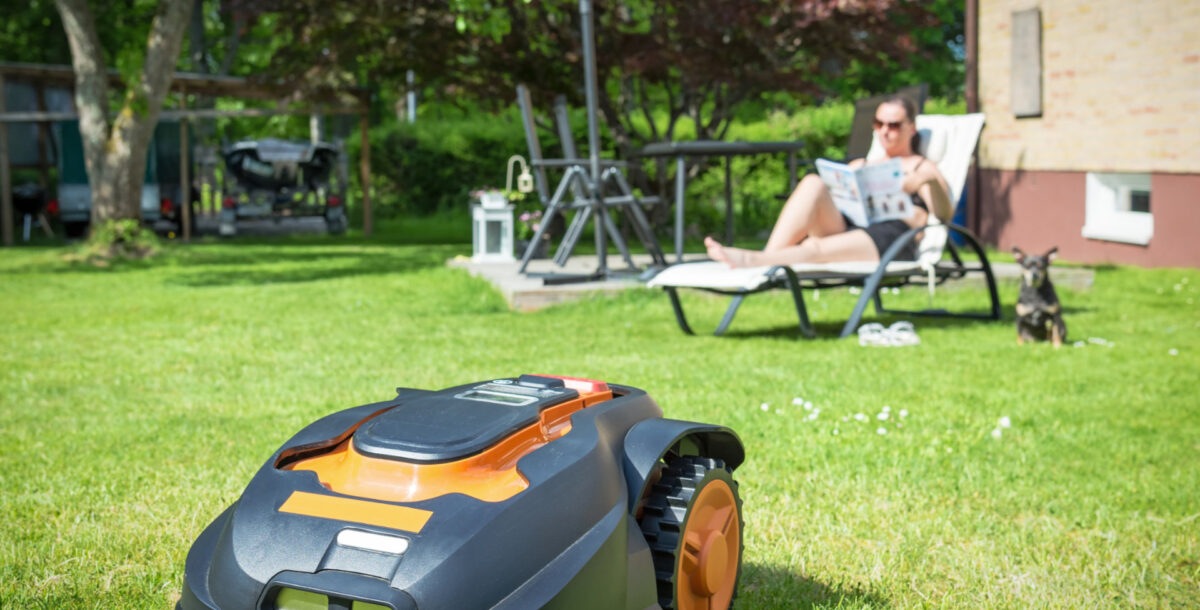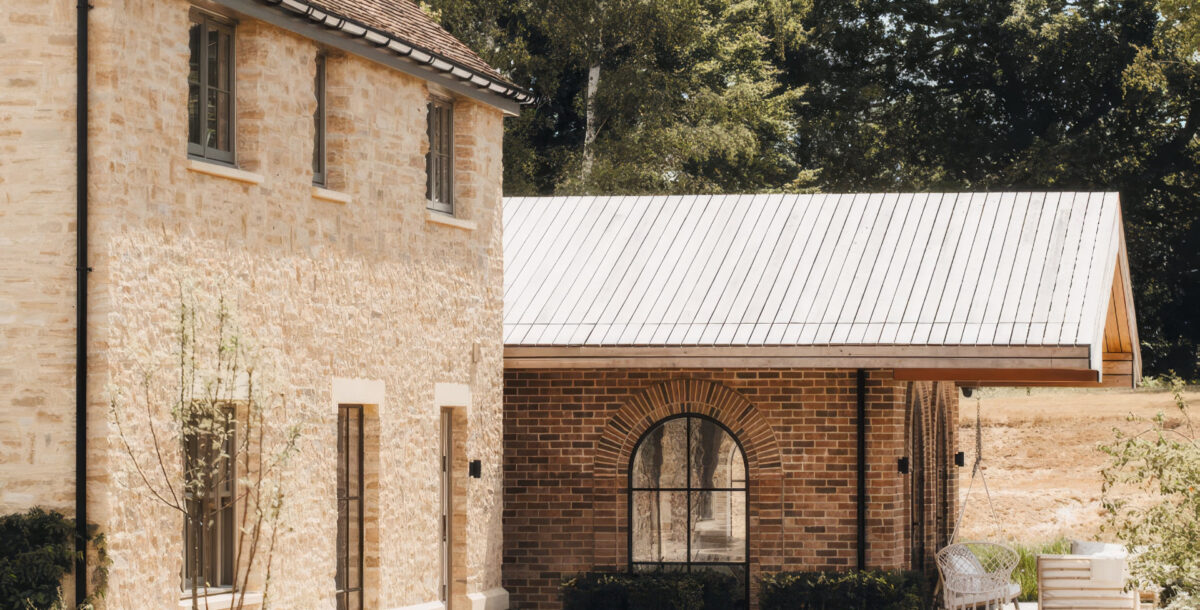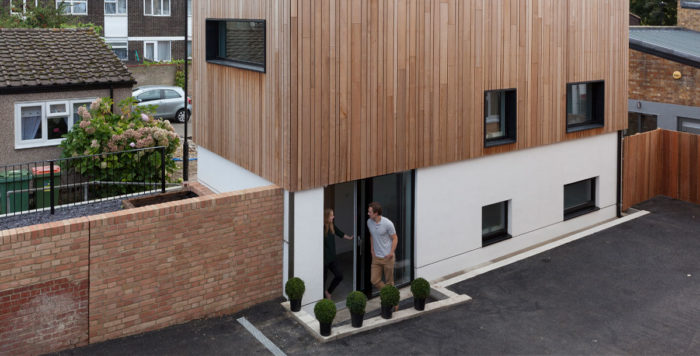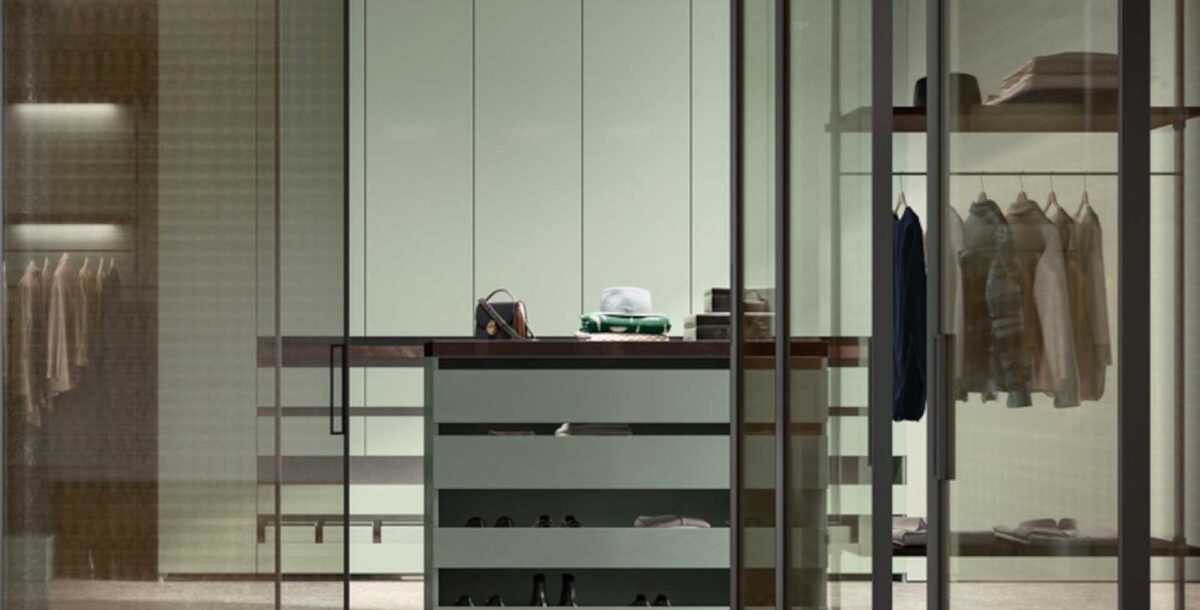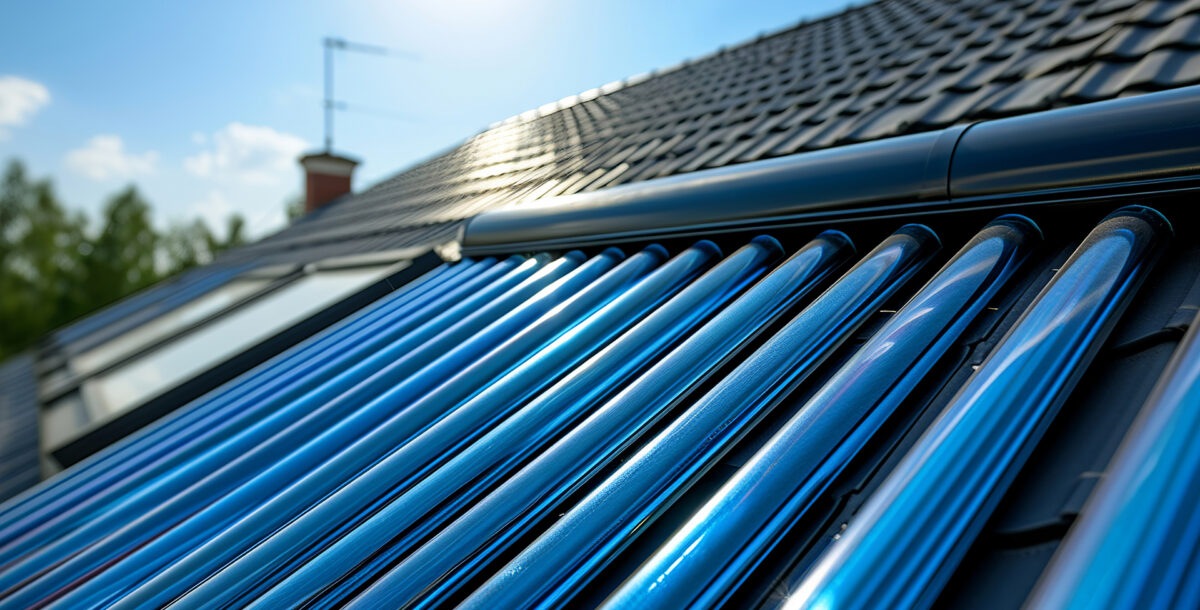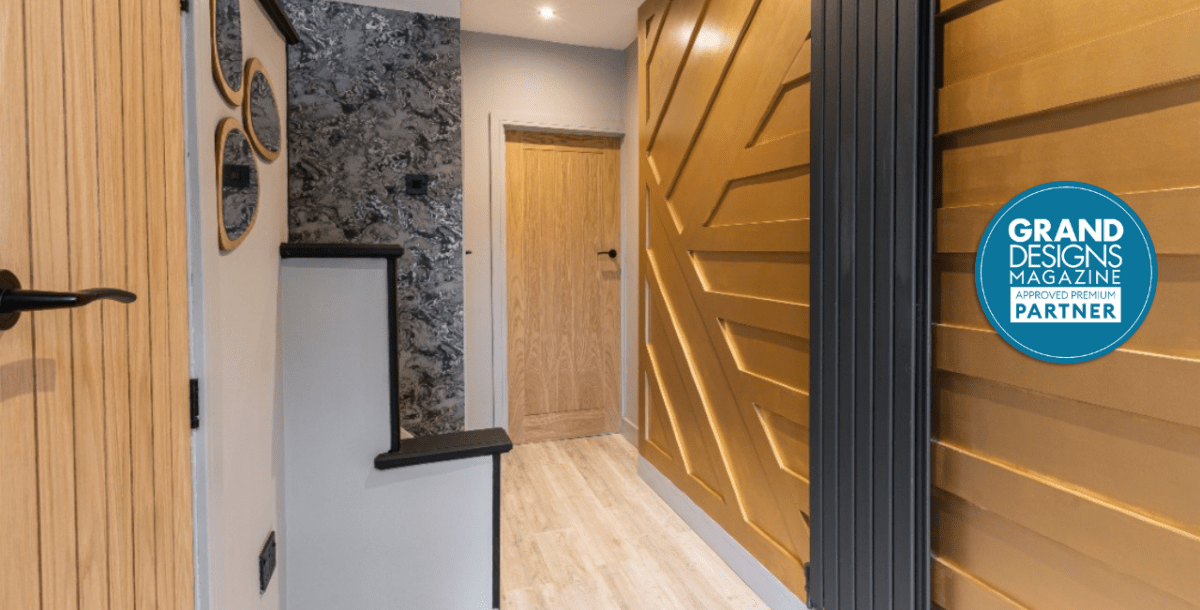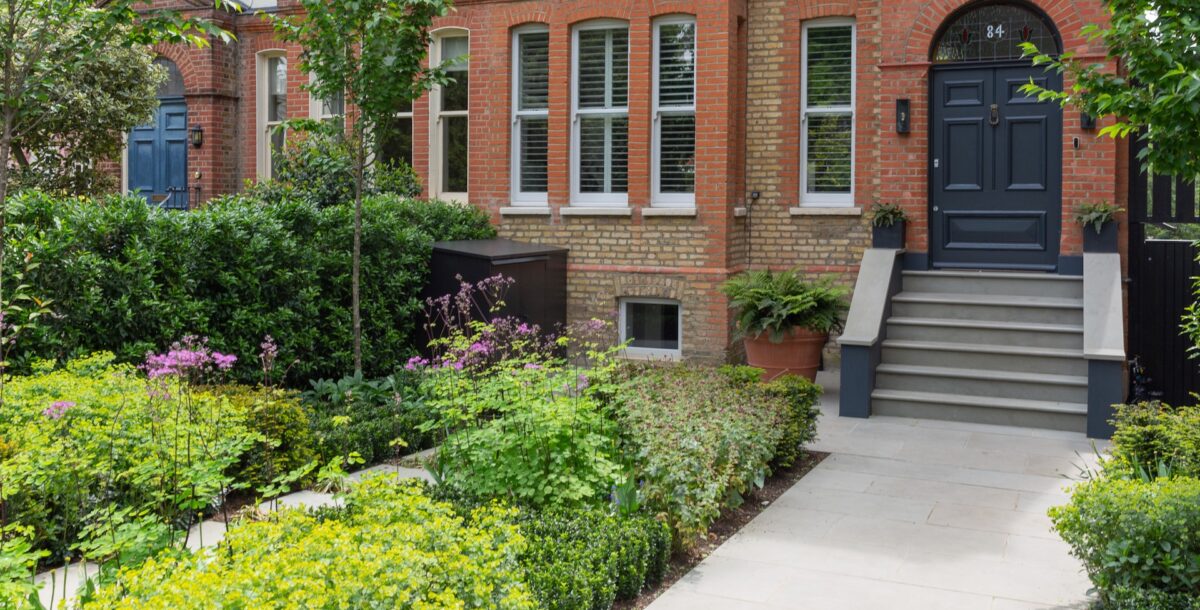How to install a lift in your home
An increasingly popular choice, particularly with those living with mobility issues or disabilities, a home lift is a neat and attractive way of making a home more accessible.
Once considered just a luxury for the most expensive homes with a lot of space, a lift is now more common to find in a wide range of homes. With models available to fit into even the smallest of spaces, most homes can have a lift fitted. As there’s a growing trend to ‘age in place’, a lift can help people stay living in their home and continue to access all floors.
There are lots of different options available, and the choices can be quite confusing and it can be hard to work out if a lift adds value to your property or, worse, makes it harder to sell. Here, we’re looking at all of the options available, to help you find the right solution for your home.
How much does a home lift cost?
A home lift can cost from as little as £14,000 for the basic unit, but prices increase based on the type of lift, it’s size and the features you want. However, the cost does not include the building work required.
All lifts will require building work to fit them in, but the amount of work you will need to do to install your lift depends on the type of model you choose and where you decide to put it. Some lift types are self-supporting, while others will need a shaft constructed in your home or a hole made in the ceiling. Remember that the cost you are quoted for a lift usually won’t include the cost of any building work needed.
The lift-purchasing process will typically start with a full survey of your home to find a suitable spot to place the lift. The installation of many home-lifts is a relatively simple business that can be achieved in a couple of days. If you need a lift shaft constructed, that will typically take longer.
-
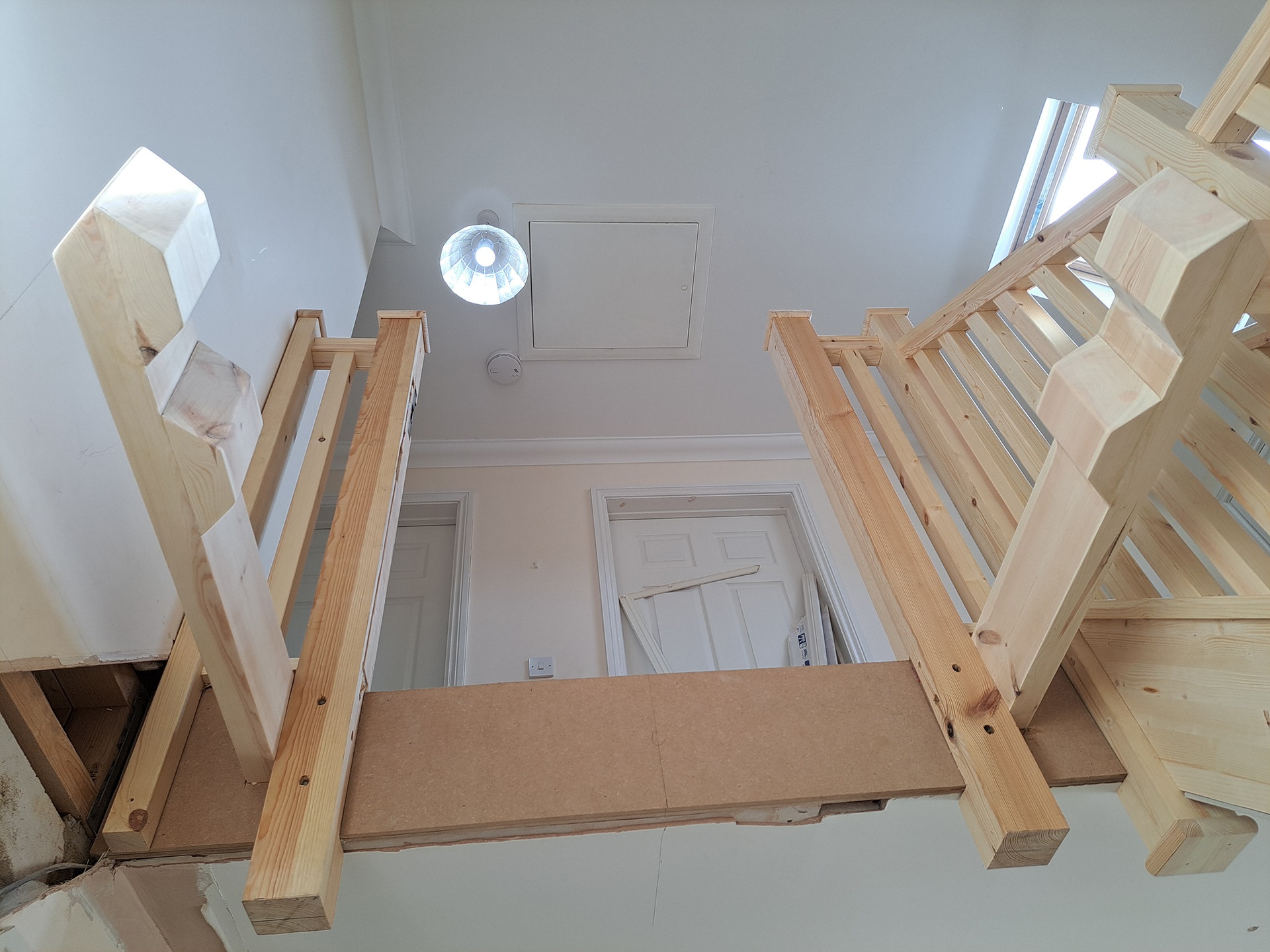
Image credit: Stiltz
VAT is usually added to the price of a lift, but you may be able to buy one without this cost. Darryl Cope from Stiltz says, “Usually, our customers are installing the home-lift to provide for independent access around their home and, if they can self-certify to that effect by providing a doctor’s confirmation letter, the purchase will be VAT exempt.”
Remember, you will also have to budget to have your lift serviced regularly, per the manufacturer’s recommendations.
How much space do you need for a home lift?
Paul Marsland, from Stannah says, “The amount of space needed to install a lift at home is typically not much larger than a square metre on each floor for larger compact models that are wheelchair accessible. Smaller compact lifts that carry just one or two passengers fit in even smaller spaces. Lifts that carry more people will require larger spaces, with a shaft and pit.”
Do you need planning permission to fit a lift?
Chances are, providing you don’t live in a listed building; yours is a small lift for your own private use; and you aren’t altering the external appearance of your house, you won’t need planning permission to install it. But it’s always worth checking with your local planning authority.
While you probably don’t need planning permission, domestic platform lifts of the kind installed in homes need to meet the regulations set out in the Supply of Machinery (Safety) Regulations 2008.
-
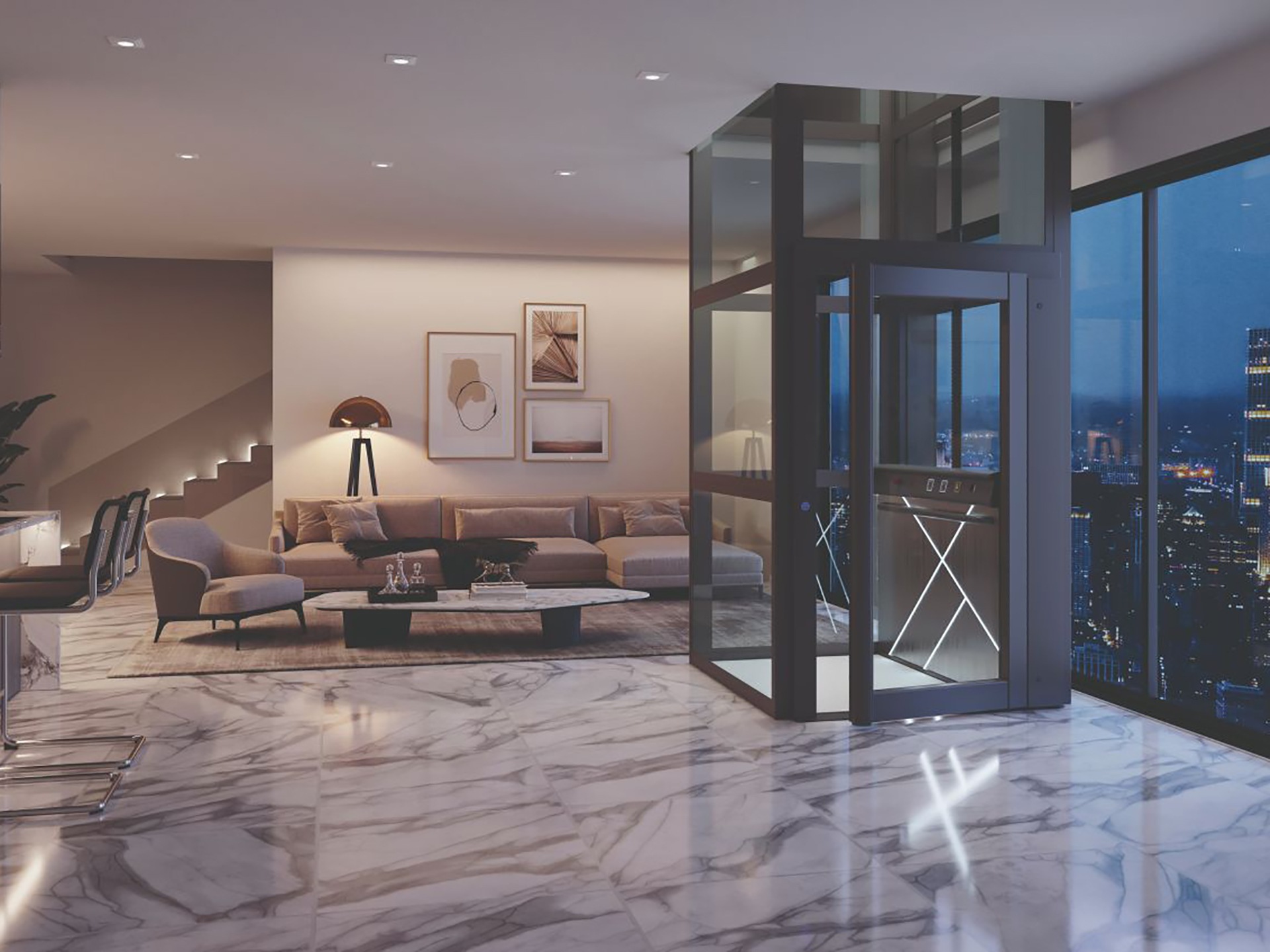
Image credit: Stannah
Does a home lift add value to a house?
As to whether installing a lift makes financial sense, Pete Mugleston, of Online Mortgage Advisor, advises, “A lift might seem like a novelty you only find in outlandish homes, but they can offer significant benefits and increase your property’s value in the long run. A lift greatly enhances the accessibility of the property, making the home appealing to older individuals or those with mobility issues. This allows residents to remain comfortably in their homes as they grow older and makes the property attractive to buyers planning for their future mobility needs or those of their loved ones. Modern lifts are also aesthetically pleasing, integrating seamlessly with home designs and adding a touch of luxury to the house. Even though the average cost of a lift can reach an eyewatering £30,000, in a competitive housing market, a unique feature like this can make a significant difference when you have to sell the house down the line.”
Tom Wall, of Wall Architecture, adds, “A lift will take up floor space. In a two-bedroom house, the visual and functional impact will be far greater compared to a much larger property where a lift could be located neatly in a circulation space or separate room. You don’t want to sacrifice key usable floor space in rooms such as the living, dining, and bedrooms, which are highly valuable to people when purchasing a property.
“A lift shouldn’t ‘de-value’ your house, as long as it is designed and integrated in a suitable, clever, and attractive manner. I certainly wouldn’t put ‘adding in a lift’ in the same bracket as some of the other common house-value easy wins, such as adding a downstairs toilet. But, depending on the property, it could well be considered. Adding a lift should be driven by the need for one in the first instance. If you love a property, are emotionally attached to it and will be passing it down through the family, that may well be worth more to someone than any negative financial impact.”
-

Image credit: Stannah
How to choose a lift
There are a lot of different types of lifts, each suitable for different uses and for installation in different parts of the house. Before you get into the details of which type is best for you, there are some basic considerations to take into account.
Paul Marsland advises, “The main thing that needs consideration before purchasing a home-lift is its placement. Think about which areas of the home you most need to travel between to ensure the lift is as helpful as possible. If you’re likely to need another person to accompany you in the lift – for caring reasons, for example – make sure you’re selecting a lift that can fit more than one person.
Safety features
It’s important that your chosen lift has the safety features that you need. There are all kinds of safety features on lifts to ensure they don’t fall – or trap passengers in the case of a power cut – and that no one gets trapped in the door. For example, some lifts have a battery that is used to power the lift safely to the ground in the case of a power cut. Many have light-beam curtains and/or safety edges to stop the door from closing if there is something in its way. Some can be fitted with a child lock to stop children playing in them.
Controls
Cheaper, simpler platform lifts are generally only recommended for use over a couple of floors. They move pretty slowly and are operated by a press-and-hold button, so travelling up more than one storey would involve holding the button down for quite a long time, which might not be easy for someone who is frail or with a disability. More expensive cabin models offer fully automated traditional-lift-style controls.
Noise
Another thing to consider is how much noise the lift’s mechanism makes. To get an idea of what a particular lift is like in use, it’s a good idea to try it out in a showroom or in another customer’s home.
Optional extras
There are all sorts of add-ons you can specify to design a lift that suits your needs specifically. Some lifts can be controlled by voice using Amazon Alexa or dedicated apps. You can add a display screen in the cabin of some, a tip-up seat in others, plus communication systems and autodiallers in case of emergency.
Design
The cheapest platform lifts have a fairly basic standard designs, but, if you spend more, the options for customising your lift with custom finishes, colours and lighting increase significantly. The lifts from some companies are definitely more stylish than others, so look around before you commit to buy.
-
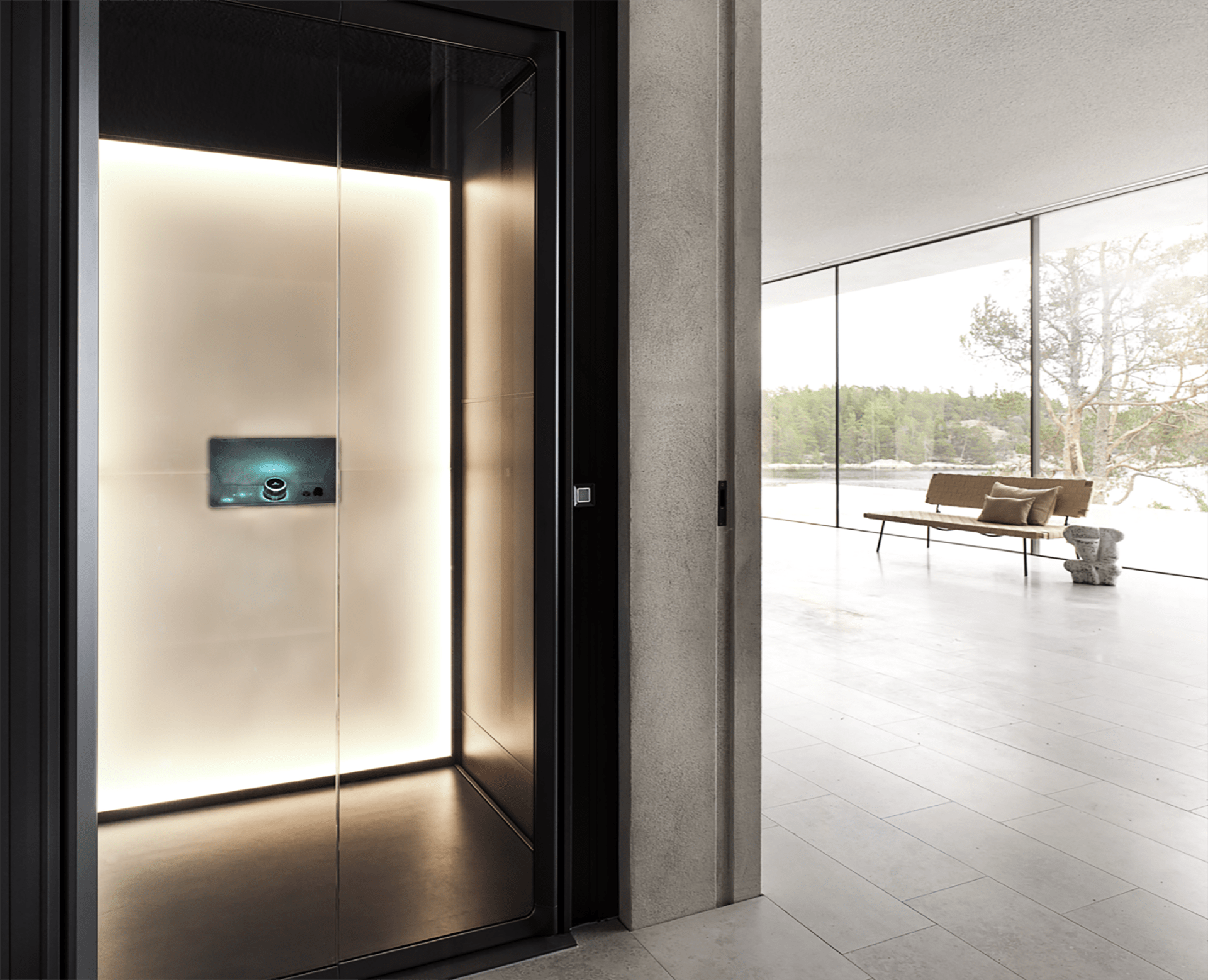
Image credit: Aritco
Understanding the different types of lift
One of the main differences between lifts is how they are powered and installed. We’ve listed the most common types below, so you can understand which type would suit your home and needs.
Vacuum lifts
Pros: Low power requirement, low maintenance costs, small footprint, self-supporting, accurate floor levelling, quick and easy to install
Cons: Expensive to buy, not suitable for an enclosed shaft
Cost: From £28,000, plus the cost of any building work needed
Vacuum – or pneumatic – lifts, such as those from PEV, are round lifts that go up and down in a transparent, self-supporting tube-like structure. The lift can be placed in a void, such as a stairwell, or holes can be created in ceilings to enable the lift to pass through. A vacuum pump at the top of the structure creates a vacuum in the space above the lift cabin, drawing it upwards. The smallest lifts are narrow cabins, just wide enough to hold a single person; wider models are large enough for three people or to carry a wheelchair. Vacuum lifts can reach up to five floors. They are self-supporting and don’t need a pit below them, but space at the top of the lift is required for the vacuum pump (though this can also be placed at a distance from the lift).
Hydraulic lifts
Pros: Can replicate traditional passenger-lift experience from controls to appearance, energy efficient
Cons: Requires 10-14cm pit or ramp, relatively expensive, may require separate machine room to hold the hydraulic pump and tank
Cost: From £24,000, plus the cost of any building work needed
Hydraulic lifts use a hydraulic pump to raise the lift cabin. Residential hydraulic lifts, such as those made by Stannah, can be wall-mounted in a custom-made shaft in your house or contained within their own steel ‘tower’ structure. These cabin lifts can travel up to 12m and feature automatic controls and doors, to give an ease of use similar to that of traditional passenger lifts. They can be big enough to carry several people.
-
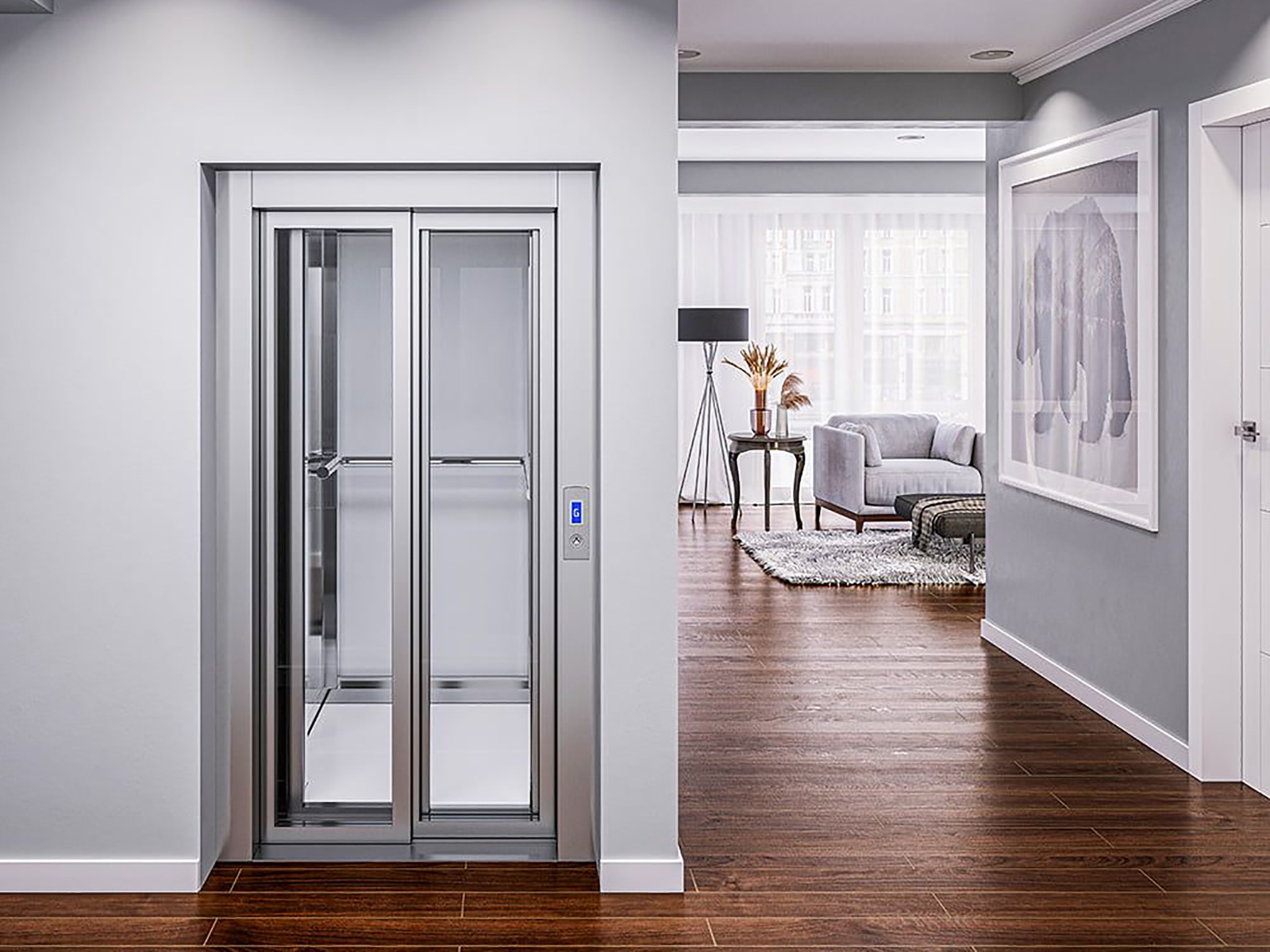
Image credit: Stannah
Roped-drum/motor-drive lifts
Pros: No need for a separate motor room, low maintenance costs, energy efficient, quiet operation, plug into an electrical socket to power, compact, relatively cheap
Cons: Space needed at the top of the lift for motor (though there are workarounds that will require a little construction work)
Cost: From £16,000, plus the cost of any building work needed
Roped-drum/braked-gear motor drive lifts, such as those from Stiltz, are popular because they can have a very small footprint and don’t need to be attached to a load-bearing wall. They can be tucked away in a corner, put in a void, such as a stairwell, or even hidden within a set of cupboards on each floor. A transparent cabin is powered up and down two vertical self-supporting rails. An electric motor winds the lift cabin up and down using a simple pulley system. The lift can carry one to three people, depending on the model, and the cabin can be solid-sided, clear-sided, or have two doors to allow entry and exit from different sides. They are operated by hold-to-run controls, and remote control, with a range of up to 6m.
-
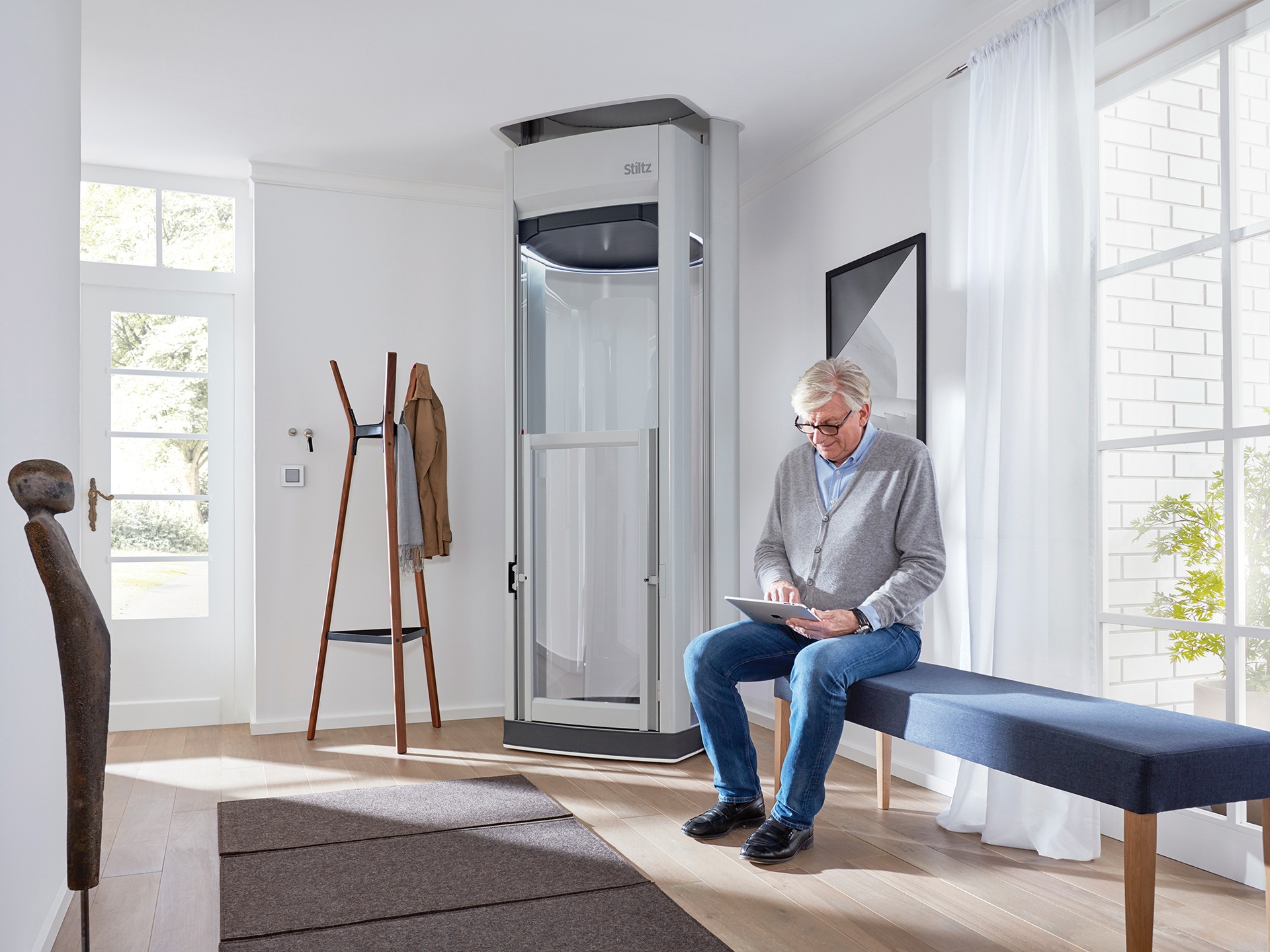
Image credit: Stiltz
Other types of traction home-lifts, such as those from Pollock Homelifts, ride up and down on two vertical rails that sit next to the wall. As the lift is not contained within a structure, when the lift cabin is not in the room, the area where it sits is available for us. The cabin comes in different sizes to accommodate one to three people and the max travel distance is about 4.2m.
Screw-and-nut lifts
Pros: Attractive design, large models available
Cons: Expensive, needs a pit beneath the lift, can be noiser than other lifts, larger footprint
Cost: From £14,000, plus the cost of any building work needed
Screw-and-nut lifts are sold by companies such as Aritco. They look like traditional passenger lifts and can carry up to six people up to six storeys, depending on the model.
These lifts can be installed through floors or in a void. Each lift requires a 5cm pit underneath it, or it can be installed on a flat floor with a shallow ramp.
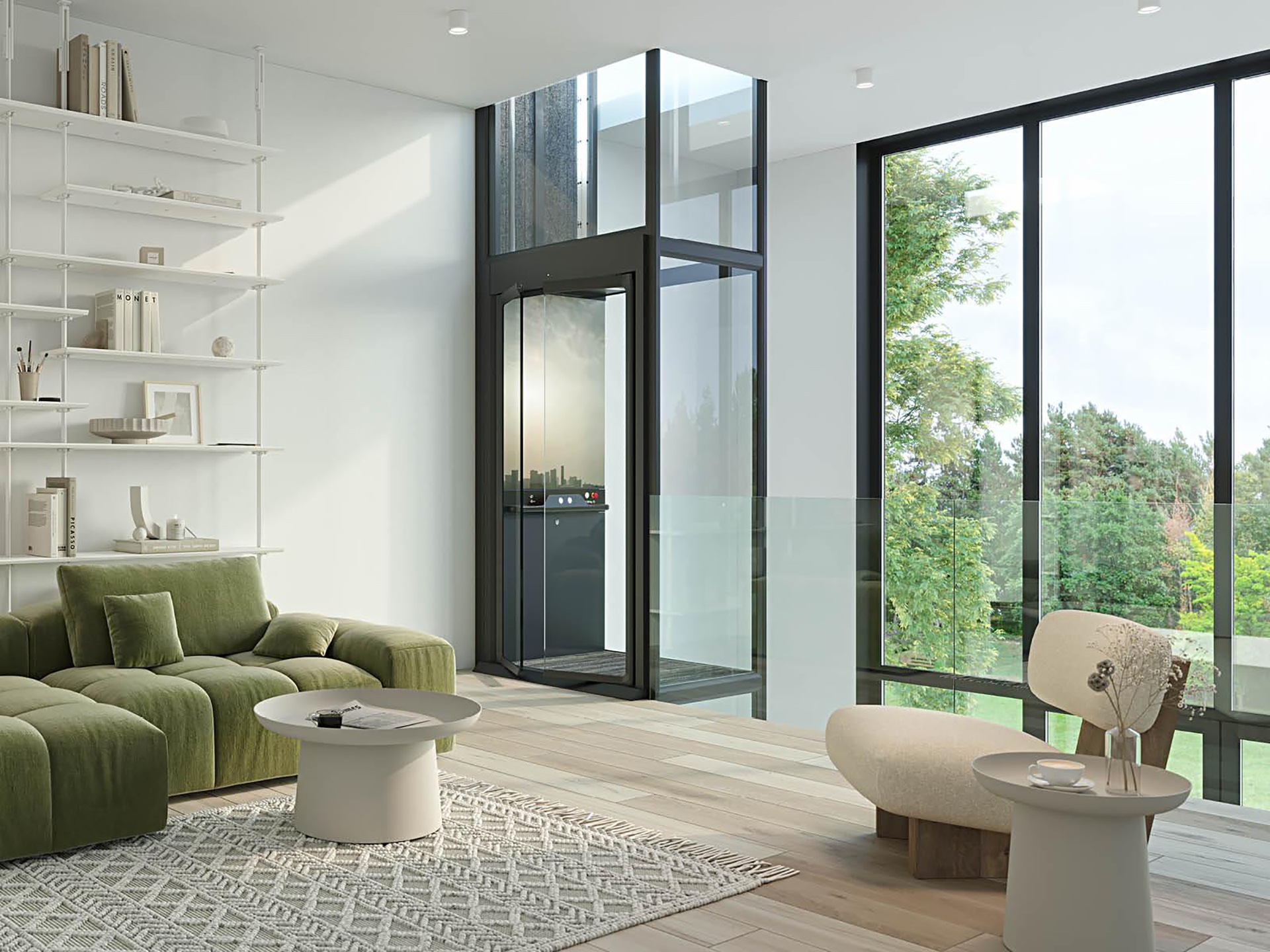
- Image credit: Aritco

